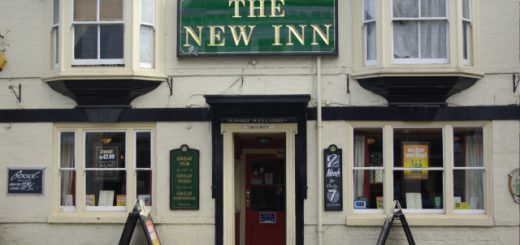Sir Henry Vane the Younger, Shipbourne
Sir Henry Vane (Baptised 26 March 1613 – Died 14 June 1662) was an English politician and one time Governor of the Massachusetts Bay Colony in North America. A Puritan, he had gone to New England in 1635. Returning from America in 1637, he became the Treasurer of the Royal Navy (1639) and was eventually knighted by King Charles I in 1640. During the English Civil War (1642–1651) he sided with Parliament, but refused to be involved with the execution of King Charles I (Born 19 November 1600 – Died 30 January 1649). Vane however did serve with the government until Oliver Cromwell dissolved Parliament in 1653. He had led the opposition to the dissolution of Parliament and subsequently withdrew from politics and took up writing. After helping to overthrow Oliver Cromwell’s son and successor, Vane returned to Parliament in 1659. However, with the restoration of the monarchy, Vane was refused amnesty under the Indemnity and Oblivion Act 1660 for his role during the Civil War and afterwards. Vane was charged with High Treason by Parliament and though King Charles II initially granted clemency, he later withdrew it. Vane was executed on 14 June 1662 on Tower Hill.
According to an article in the Kent and Sussex Courier entitled ‘The ghastly ghouls rumoured to haunt our sleepy district’ dates from 31 October 2008. ‘Sir Henry Vane – wanders unhappily around the lanes of Shipbourne. He was executed for high treason, and it’s said that his stone coffin in Shipbourne Church is distinctively shorter than the others… because his head was chopped off.’




Recent Comments